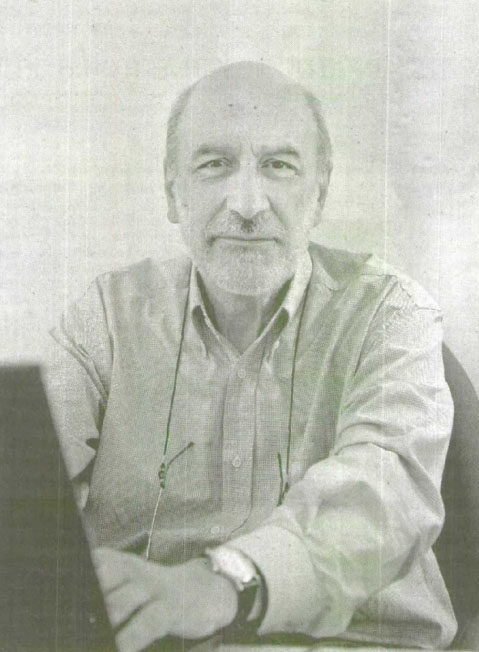- Menu

In the space of four years, José Carlos Príncipe has once again been distinguished by an international technical society with 370 thousand members. The scientist has been working in the USA since 1985, but still has close links with Portugal. He has dedicated his research to brain-machine interfaces.
He runs the Neuroengineering Laboratory at the University of Florida and is considered one of the most important researchers in the study of brain responses and the interaction of these responses with a machine. José Carlos Príncipe has dedicated a large part of his research to applying engineering to biology and to neurology in particular. This led to computational neuroengineering and José Carlos Príncipe has played a key part in the creation of this recent specialist branch over the last few decades.
José Carlos Príncipe focused his attention on the study of epilepsy. But he is now studying the time taken and the way that a computer interprets the signals emitted by the neurons of the brains of animals, developing this interpretation into an action implemented by a robotic arm. The scientist aims to reduce the response time between animal and machine to resemble the fraction of one hundred milliseconds that the human brain takes between thinking about a common movement and making the movement.
José Carlos Príncipe was recently in Porto where he spends around 3 months a year and where this year he was an advisor for INESC Porto (Institute for Systems and computer Engineering of Porto). During his stay he received many requests asking him to talk about science and received PhD students and other scientists, including biomedics and specialists in data control and processing. “While I am here, lots of people are eager to talk to me”, he admits, apologising for his busy schedule.
“I am fascinated by the way living organisms are organised”, he says to explain how he shifted from electrical engineering at the University of Porto and lecturing in this area at the University of Aveiro, to a PhD in the USA on the Automated analysis and quantification of Petit Mal Epilepsy in the human electroencephalogram in 1976. “Biology is absolutely extraordinary”, he adds. To summarise his aim for the development of computational neuroengineering he states, “the principals of how the brain processes information are still unknown and there must be a way for engineering to copy these principals”.
His experiments at his laboratory in Florida are looking into how two intelligent systems, an animal (a monkey with electrodes on the brain) and a computer, connected in a close circuit can share information to cause movement. The aim is to establish a brain-machine interface.
For this research his team analyse the brain’s activity with electrical signals instead of magnetic resonance imaging, to see the brain’s response time for a stimulus with higher precision.
Jornal de Notícias, 2nd August, 2011
05th August 2011
The access to the final selection minute is only available to applicants.
Please check the confirmation e-mail of your application to obtain the access code.

